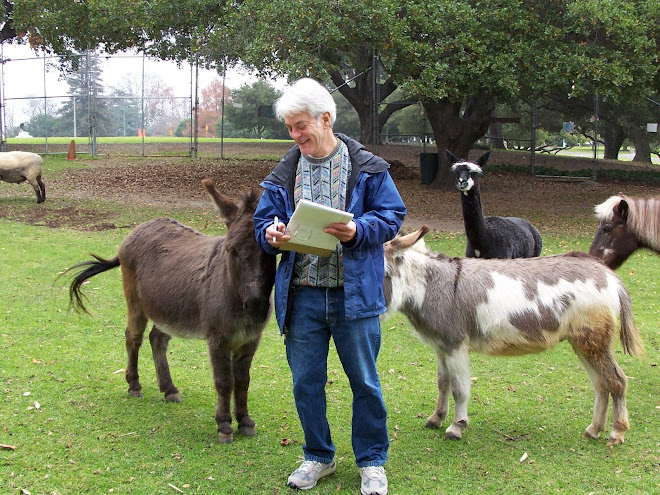This is the 150th anniversary of the Battle of Gettysburg,
the turning point of the Civil War.
I visited Gettysburg last year, seeing places whose names still resonate in the national memory: The
Wheat Field. The Peach Orchard. Little Round Top. Devil's Den.
But the place that moved me
the most was the Jennie Wade House at 548 Baltimore Street.
Think how overwhelmed the
2,400 residents of Gettysburg must have felt when their little town was invaded
by 93,000 Federals and 75,000 Confederates slugging away at each other in their
front yards.
When the battle broke out,
20-year-old Jennie was helping her mother care for her sister Georgia, who was
bedridden after giving birth a few days earlier.
The Federals formed a
skirmish line behind the house, exchanging fire with the rebels two blocks
away.
Moved by compassion and
patriotism, Jennie baked bread for them and brought them water. It was
dangerous work, but she said, "If there is anyone in this house that is to
be killed today, I hope it is me, as Georgia has a little baby."
On the morning of Day Three
- 150 years ago today -she was in the kitchen, kneading dough for more bread, when a Confederate
bullet smashed through the front door and pierced her heart, killing her
instantly.
Her mother, who was taking
loaves out of the oven, turned around and saw Jennie sink to the floor.
In shock, she staggered to
the bedroom and told Georgia, "Your sister is dead."
Georgia let out a scream,
which alerted the soldiers outside. They burst through the door, sized up the
situation, and decided they had to get the family out of there as soon as
possible.
They led the survivors –
Mrs. Wade, Georgia, her newborn baby, Jenny's little brother Harry, and a six-year-old
neighbor boy named Isaac - through the rear of the house into the cellar, where
they might find some protection from the gunfire.
And there they stayed for
the next 18 hours, with Jennie's body lying on a wooden bench beside them,
while the battle raged above their heads.
When they finally emerged,
the house was pockmarked by more than 150 bullet holes, which are still there
today. (So is the hole in the front door from the bullet that killed Jennie.)
The horror and terror they must have experienced during this ordeal is
unimaginable.
They buried Jennie in the
front yard, with dough from the bread she had been making still on her fingers.
The Civil War turned brother
against brother, friend against friend. Two Gettysburg boys named Jack Skelly and
Wes Culp, best friends since childhood, chose opposite sides – Jack fought for
the Union and Wes fought for the Confederacy.
They were reunited two weeks
before the battle, when Jack was wounded and captured by Confederate troops.
Wes found out and rushed Jack to a hospital, where he nursed him night and day.
But it was no use. Jack died
from his wounds. But before he died he asked Wes to deliver a message to his
sweetheart in Gettysburg.
Wes tried his best, but he
was killed on the second day of the battle before he found her.
But even if he had lived, he
wouldn't have been able to deliver the message. Because Jack's sweetheart was
Jennie Wade.

















